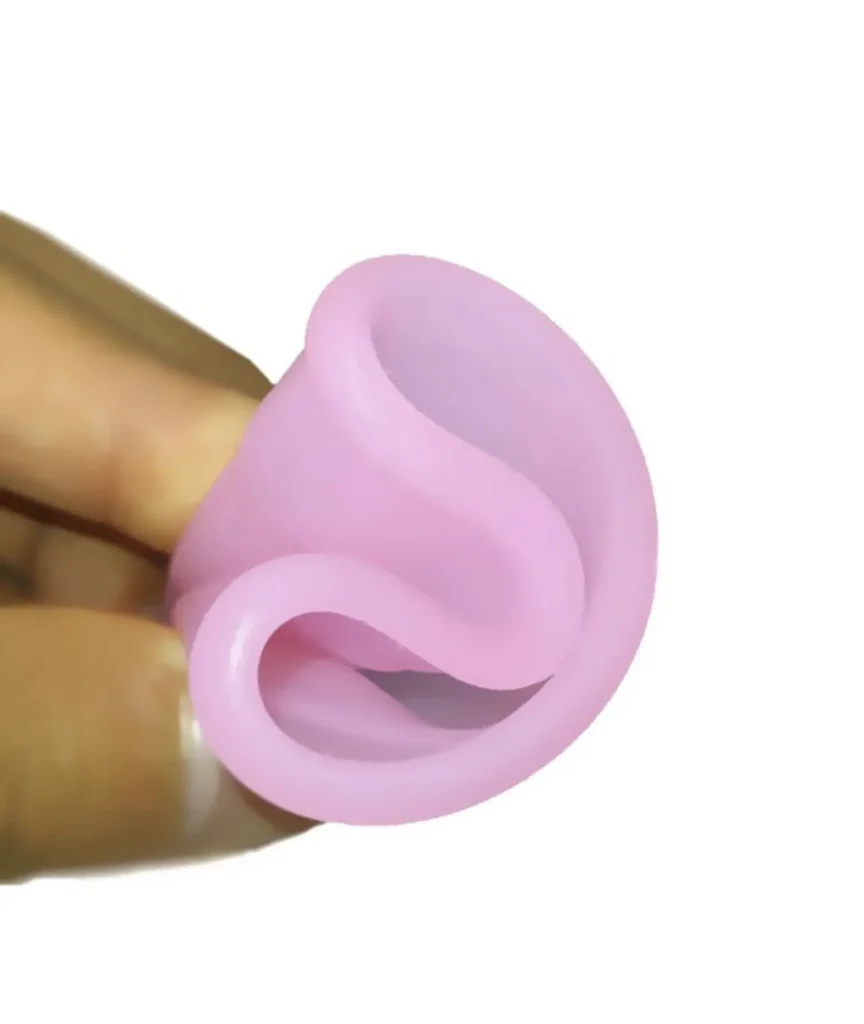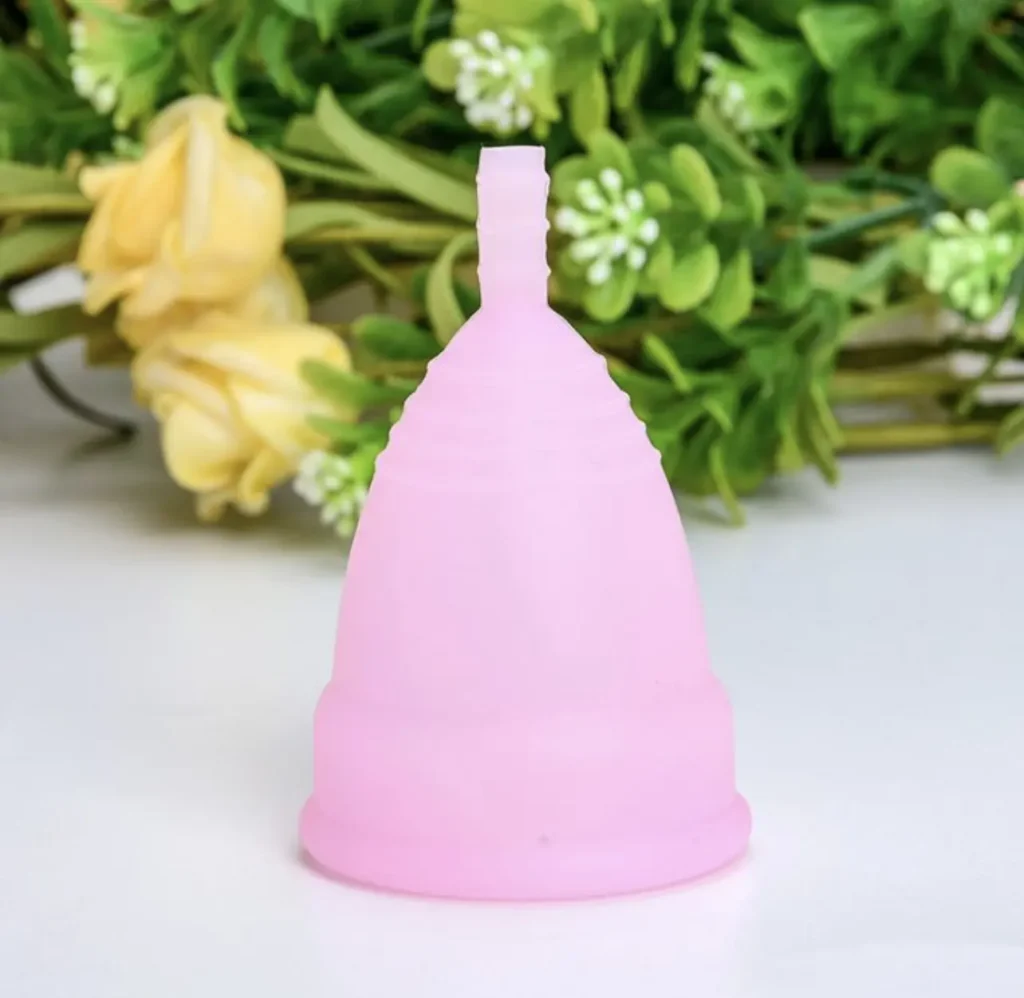A growing number of women are making the switch from traditional sanitary pads and tampons to menstrual cups, citing numerous benefits. However, as DAILY POST’s Gift Oba reports, there are hidden facts and potential implications for women’s health and environmental sustainability that must be considered.
For many years, women had limited options for managing their menstrual flow, relying primarily on thick cloth materials and sanitary pads. However, advancements in technology and innovative ideas have revolutionized menstrual management.
The latest trend is the menstrual cup, a small, flexible, funnel-shaped device made of medical-grade silicone that is inserted into the vagina to catch and collect period fluid. Unlike traditional pads and tampons, menstrual cups are reusable, eliminating the need for disposal or frequent purchases.
What is a Menstrual Cup?
Menstrual cups come in various sizes to fit different anatomies, making them a more sustainable and convenient option for women. They can cost around N5,000 per cup and are available in several brands, including the Anytime Menstrual Cup, Keeper Cup, Moon Cup, DivaCup, Lena Cup, and Lily Cup. There are also disposable menstrual cups like the Instead Softcup.
Research indicates that these cups are budget-friendly, reduce the risk of Toxic Shock Syndrome (TSS), hold more blood, and can be used with an intrauterine device (IUD). An anonymous user shared her experience: “I’ve been using menstrual cups for some years now and I have no leaks throughout the day. I bleed light to medium, so I can go a whole day without cleaning it out.”

Long-Term Use and Safety
Tojah Omorogbe, a menstrual cup advocate and vendor, explained that the medical-grade silicone cups can last up to 10 years. She emphasized the importance of following safety guidelines, including sterilizing the cup before use each month, washing it with mild soap and clean water, and ensuring proper insertion and placement.
Omorogbe advised, “Grease your hand with water or water-based lubricant, then fold to insert inside the vagina. It creates a seal to prevent leakages, holding menstrual fluids for up to 12 hours depending on your flow.”
Health Implications
Despite the benefits, women need to be aware of potential health implications. Omorogbe noted that improper insertion can cause changes in pH levels, yeast infections, and weaken vaginal muscles. She stressed the importance of following guidelines to avoid these issues.
Some women might find it difficult to remove the cup, leading to spills, while others may experience discomfort or pain during insertion and removal. Professor Ajenifuja Olusegun, a consultant gynaecological oncologist, reassured that the vagina is elastic and the cup will not cause it to widen permanently. He also warned about the risk of allergies and emphasized the need for proper hygiene.
Acceptance and Adoption
Omorogbe observed that younger women aged 19 to 25 are more curious and willing to try menstrual cups, while those aged 30 and above are more sceptical. However, those who have tried it report satisfaction and have not reverted to using sanitary pads.
Expert Recommendations
Public health specialist Tonia Shodunke recommended measuring the length of the cervix before using a menstrual cup and ensuring it is not pushed too deep. She advised considering factors like age and childbirth history when selecting the right size.
Shodunke highlighted that while menstrual cups could address period poverty, particularly in rural areas, maintaining hygiene is crucial. “If you’re not a clean person, you may just end up infecting yourself,” she warned.
In conclusion, menstrual cups offer a promising alternative for menstrual management, combining cost-effectiveness and environmental sustainability. However, women must be educated on proper usage and hygiene to maximize benefits and minimize risks.
